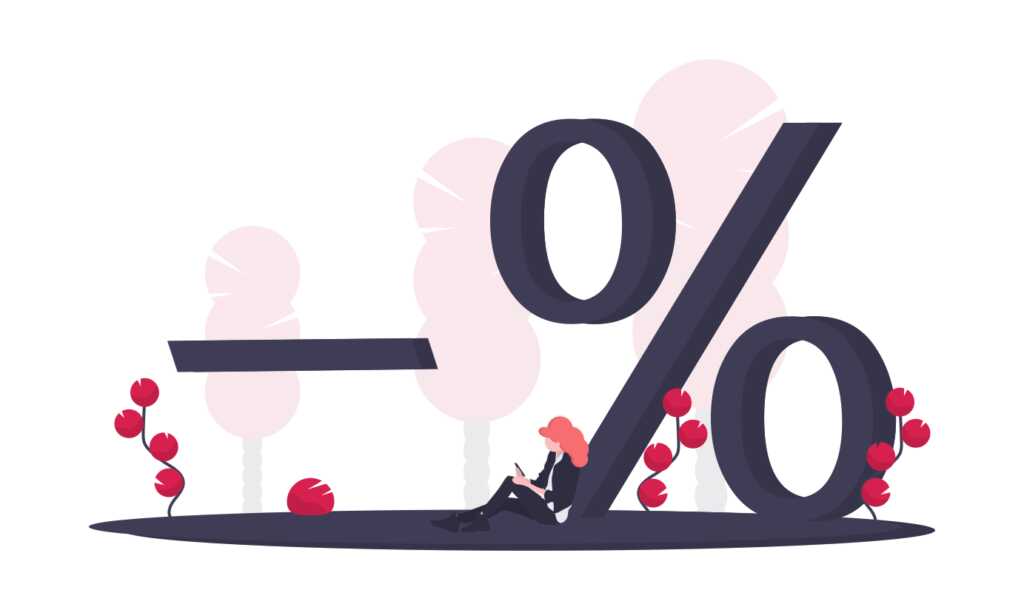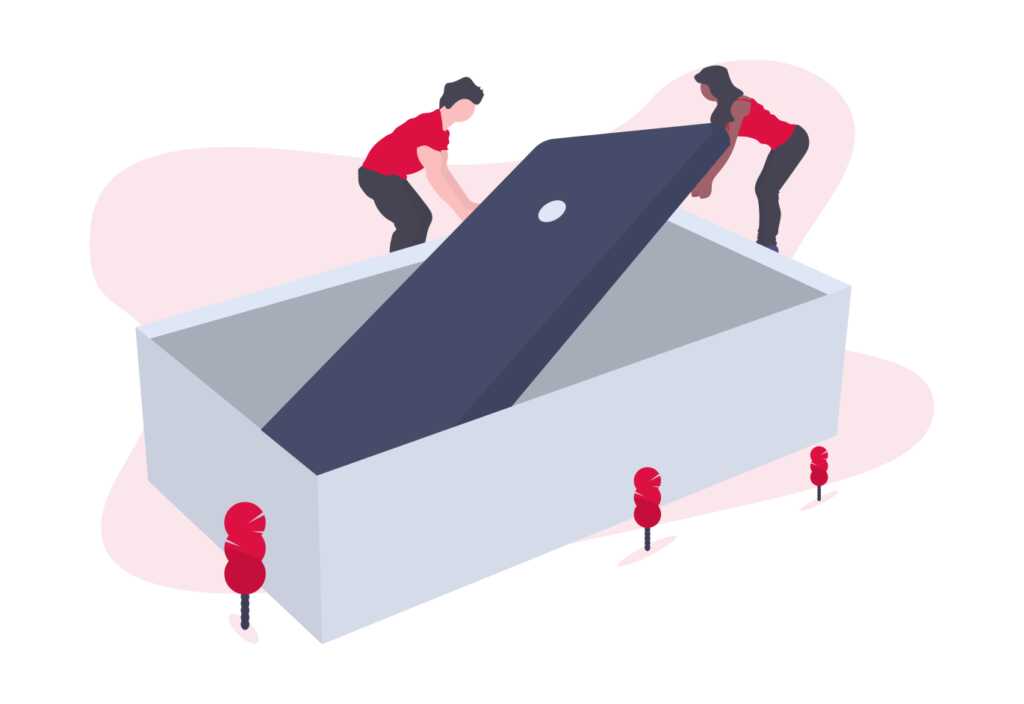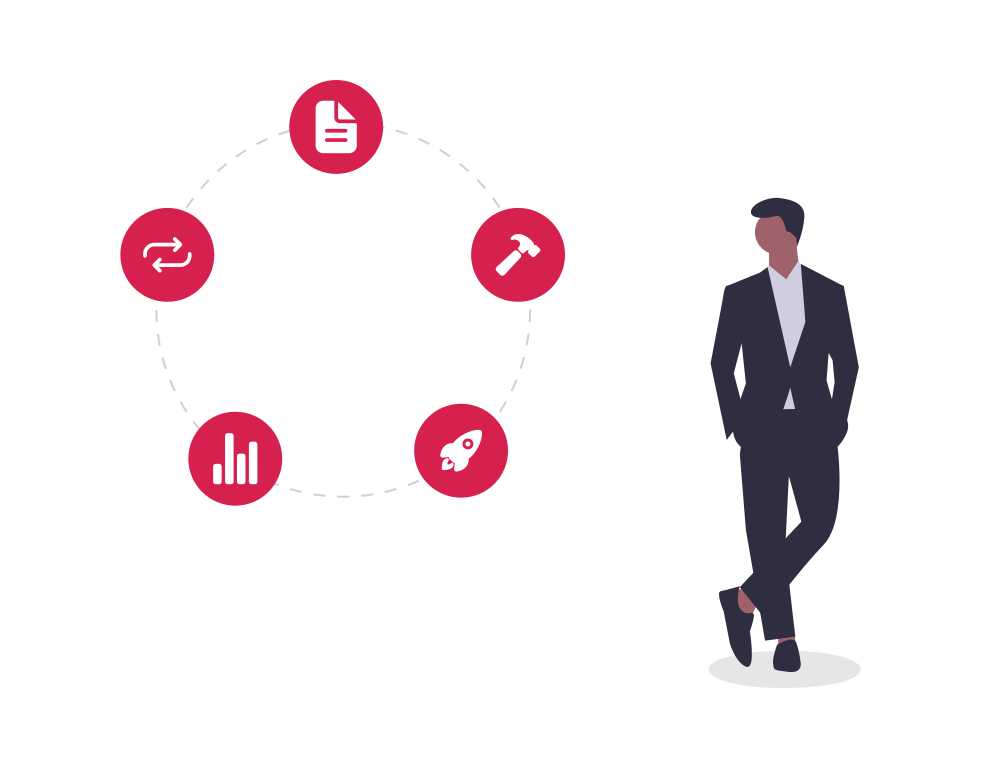See how IKEA has managed to stay at the top of its game by adapting to market changes and implementing various other strategies.
IKEA business model case study is part of the syllabus in many business schools. IKEA’s history goes back to 1943, founded in Sweden by its founder Ingvar Kamprad. Since then, IKEA’s products have become a part of the homes of many customers with their modern furniture and rugs, among others.
Even though IKEA started out being small, they’ve grown so much that they are worth over $18 billion as of 2021.
IKEA case study assignment
Many businesses school gives IKEA business model case study assignment to the students. Students primarily look into how IKEA uses a trick to sell its products and services, and how other companies can use it too.


IKEA makes sure that consumers enjoy the shopping experience. They serve lunch in their stores, have playgrounds for kids, and have lots of free samples. Also, they’re open on Sundays, which is convenient for parents. Their effective strategy increases revenue, and if you follow it as well, your sales will go up too! Stores like Wal-Mart and Target often do this “side hustle with extra revenue.”
IKEA case study questions and answers
Now, let’s look at some IKEA business model case study questions and answers.
#1 How does IKEA create an exceptional consumer experience?


Companies must go above and beyond to survive. Improving profit margins is one-way companies have been staying during these challenging times. By doing so, companies can make more money when it comes to gaining profits from certain activities or events because of their company.
For example, IKEA is a large furniture organization running many different stores worldwide. Many people go there for their products, but it’s easy to start using their furniture for other reasons!
With 30% of consumers shopping at IKEA due to the relaxing atmosphere of eating with friends or family, it’s excellent that IKEA sells food in some of their locations so people can take breaks from shopping now and then – which helps them physically and mentally too!
It is why home shopping concepts, such as IKEA, have begun to offer dining services at their locations in certain countries.
In Asia, many areas of Habitat Co-op have gone completely this route and therefore offer home furnishings and traditional sit-down food service.
Meanwhile, back in Europe, the pop-up restaurant trend in London, Berlin, Paris, and Oslo has found its root.
Initially, this type of shopping experience proved effective when it began in Sweden, where the store’s owner originally began his home and appliance furniture stores. IKEA included Swedish food for its patrons to enjoy and their shopping experience.
#2 How does IKEA display its products?


IKEA knows how to display its products prominently. The IKEA firm has paid close attention to controlling the prices and details of product displays. One way IKEA has featured their world-famous furniture is by following a “long, natural way” layout.
They have taken inspiration from their name because it is designed to lead consumers through so that they see the entire store before being led back out in a counter-clockwise fashion ending up right where they started.
A person can easily shop for what they want and select either packing services or having delivery scheduled without first having to check out at the front desk. They have an accessible “self-serve” retail environment, which acts more like a store than a traditional furniture retailer.
As customers enter the store, they are guided by employees to purchase the products on-site and pay at the register. This business model is very similar to what Home Depot or Lowes currently practices. In the warehouse section of this appliance store, most items that have been damaged and returned or were part of a display are now made available for sale.
#3 Why does IKEA place low price products at each corner?


When people are shopping, they tend to quickly look to the right and left when they reach a corner at a store. Hot spots called “vulnerable places” are formed here where shoppers can get muggled. Vulnerable places are more likely to be found in big stores instead of smaller local grocery stores.
A hands-free customer can walk through a grocery aisle without their baskets because they can leave them at the end of the aisle, and they are part of the system.
These pillars are also an ideal spot to place products that could be considered impulse buys in that it’s easy for customers to see them and pick them up before leaving the aisle.
#4 Why does IKEA sometimes sell visions and not products?


Selling a dream is essentially just creating an image of your product. You need to make that image and then follow through with it for everything else to fall into place. After all, many people look forward to visualizing their new kitchen or bathroom, or bedroom as if it were a movie before buying something.
And IKEA has done this perfectly by always showing their rooms and household items so that you can see yourself using them – a crucial part of their method!
After the purchase, the consumer has to put these products together at home, of course – but they’ve already seen what every step of the process would look like first!
#5 Why aren’t some products available, but the display will showcase the products on-site?
Unique and cutting-edge IKEA products are the heart and soul of the company. IKEA prides itself on giving customers an entirely new perspective on how (and what) they think home furnishings should look like.
IKEA is a company that makes furniture. They are famous for their furniture that is very nice and not expensive. IKEA is based in Sweden and they sell their furniture all over the world. They sell their furniture to people who want to decorate their house. They have a lot of different kinds of furniture, like tables and chairs and beds, and they make it all look very nice.
#6 Same product with different pricing. But why?


When there’s a product for sale, such as a kitchen shelving unit on display near a displayed table, the prices are also up. One can understand whether it fits within the budget or not.
Some consumers will want only the best product, or they’ll know what they’re looking for and won’t purchase something that isn’t within their price range.
Consequently, some products in IKEA stores can sometimes be pricey because they’re not cheap and chintzy like some other places you might find.
Remember that you get what you pay for. It is why IKEA sells only the highest quality products and you get what you pay for. That is why IKEA has good products and they don’t use parts that aren’t good quality.
But if you want to buy a specific product, you can buy it separately. IKEA has a stand or workstation just for that product, so you don’t have to buy it with any other products. That’s good because the wood pieces can blend in with the design of your home.
#7 Why does IKEA places unmarketable products next to hot items?


Have you heard the term “leading by example?” You can buy it if you like it, and no one will have any issues with that.
But at IKEA, what if items catch your eye are not for sale? It means the item is not there for selling purposes only. These kinds of items are placed for admiration purposes only. People like to look at dishes because they like how they look. They like to put them on display in their houses so they can show them off to other people.
The best part about this? Almost every person who goes to IKEA can use one as an example to give themselves ideas about what sorts of things they want in their homes and what styles make other people feel comfortable in theirs!
Conclusion:
Introduced in 1959, The IKEA business model was revolutionary. It remains exceptional and influential to this day. IKEA business model case study is defined many a time by various researchers. The Ikea business model is an example of a modular business model, which involves offering a series of separate products, services, and solutions to customers, who can then mix and match to meet their specific needs.
IKEA’s business system is flexible and easily scalable. For instance, Ikea’s current business model includes furniture and home accessories, but also products such as cookware and soft home electronics – meaning that the company has huge scope to expand in the future, and can even adapt to changing market conditions by adding or removing products.
IKEA business model case study is something that every businessman can learn from.
Also Read:




Sign up
You may also like
5 Amazing Difference Between Trade Commerce And Industry
Can You Make Money with Turo? – Yes, You can!
How To Start A Sea Moss Business?-Best Ways!
Day Trading 25k Rule: The Holy Grail Of Trading?